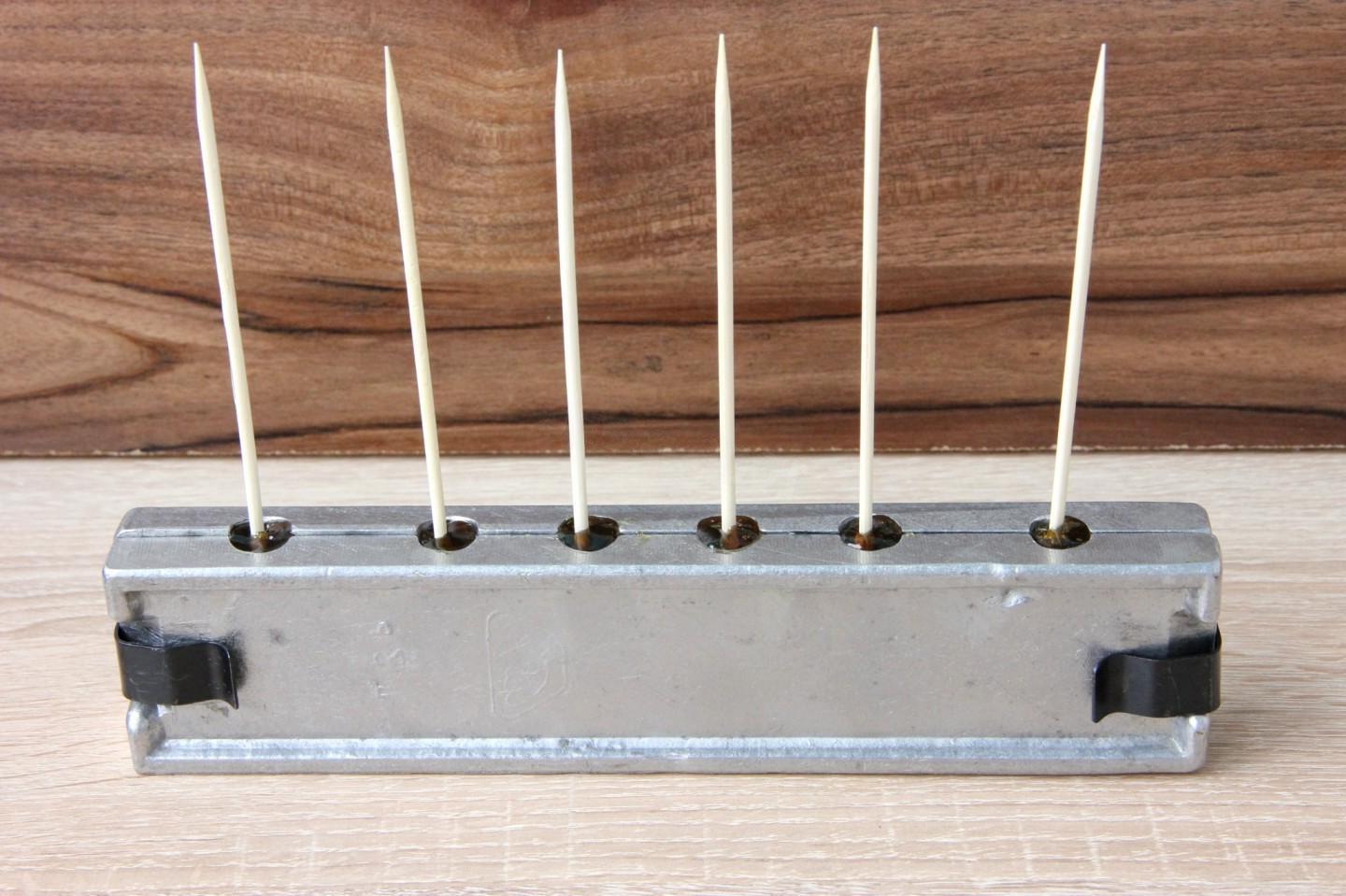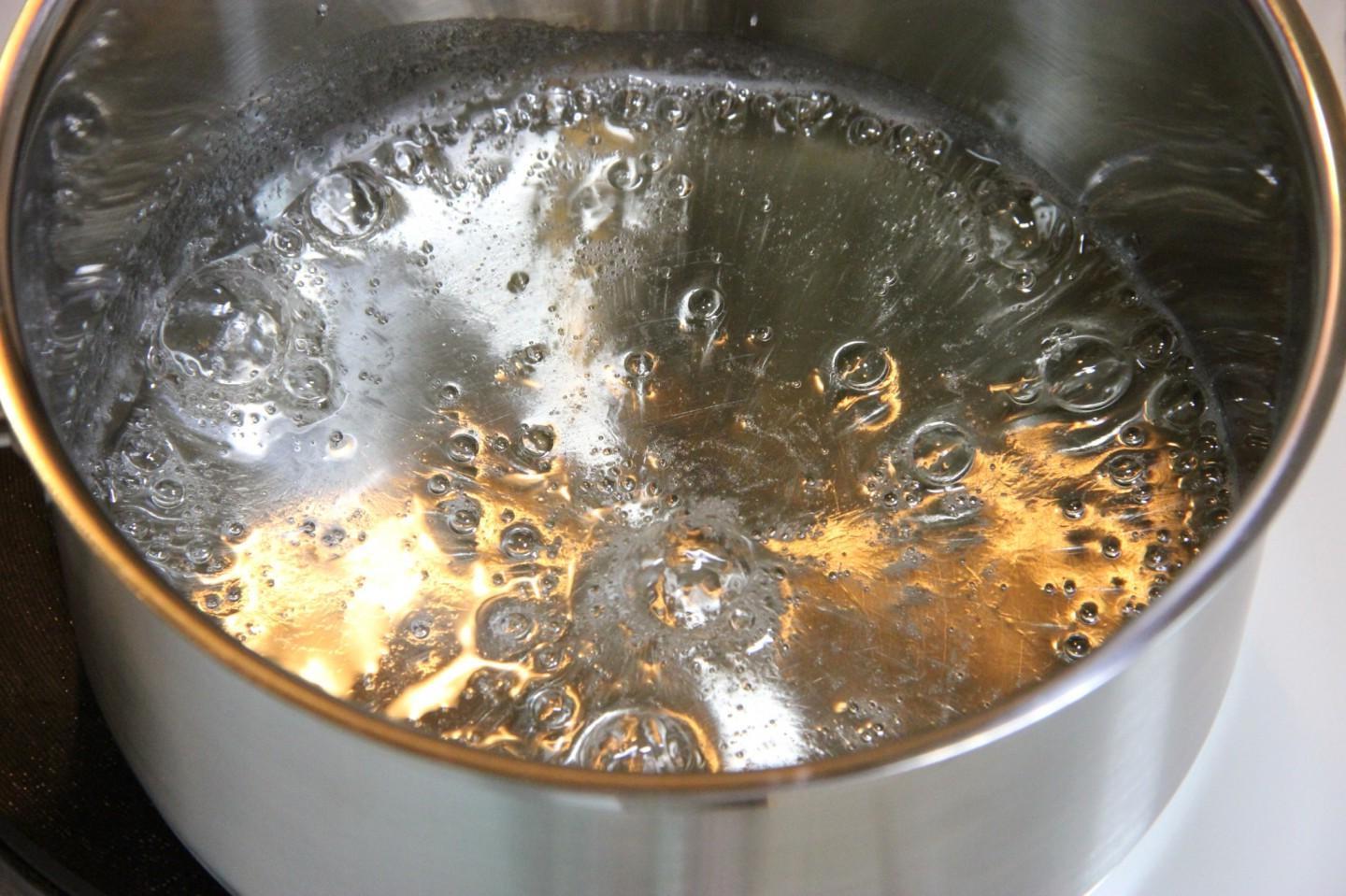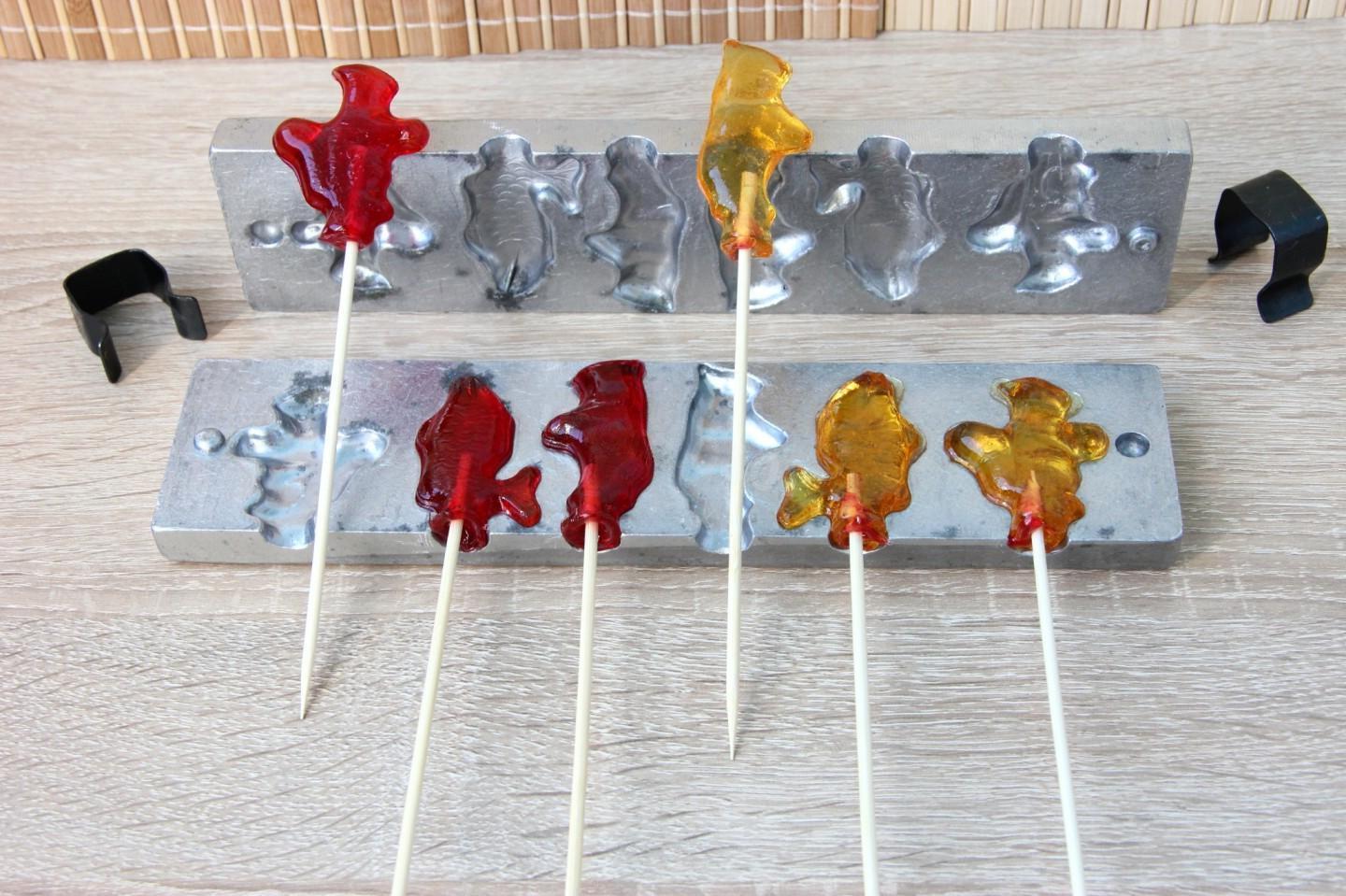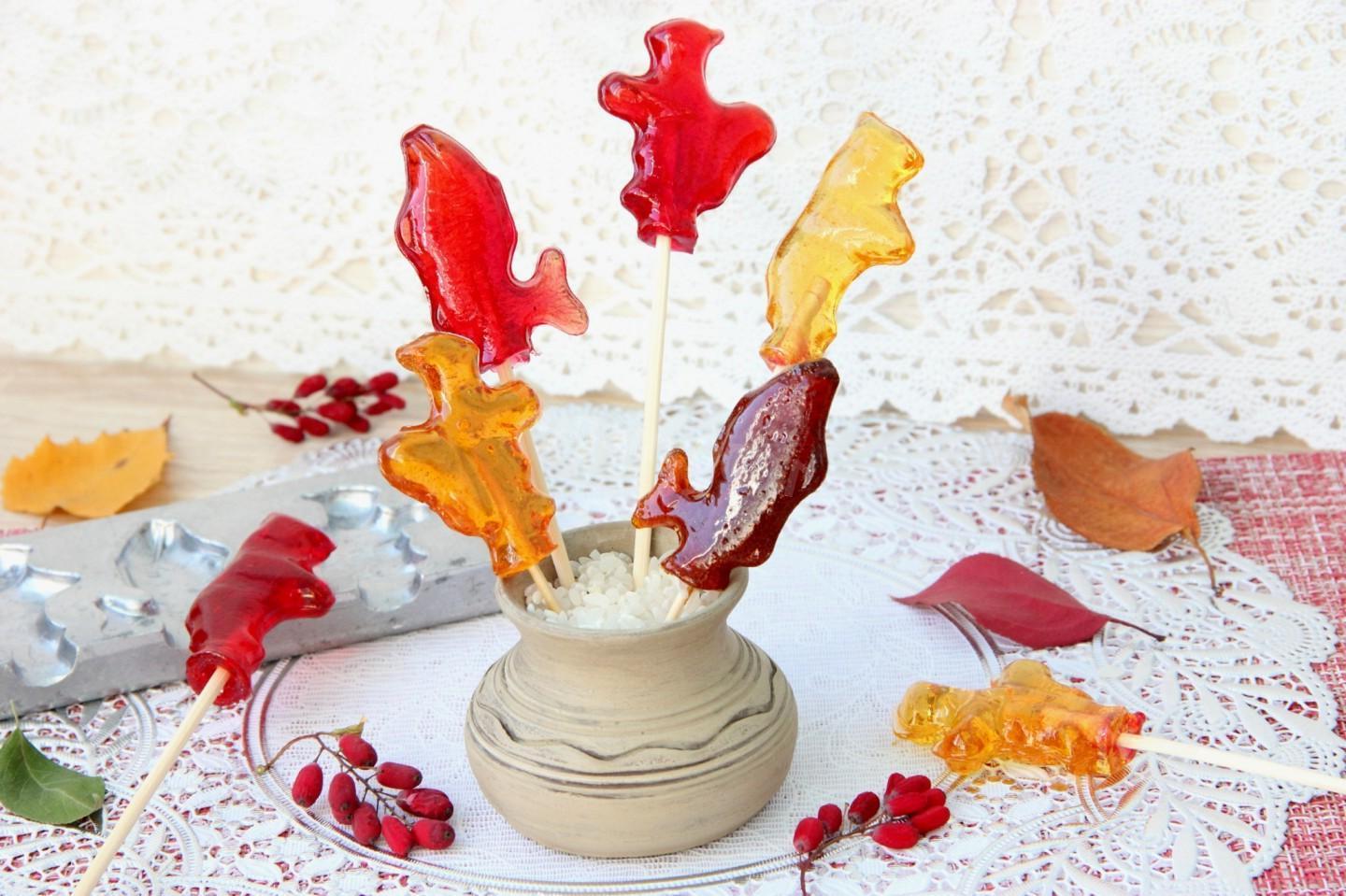Homemade Molded Lollipops for All Ages
Beautiful, tasty, unusual, for children and adults! Homemade lollipops in molds are a wonderful alternative to store-bought lollipops. For some they will remind you of pleasant childhood memories, while for others they will be new. They can be prepared using herbal infusions, juices, milk, cream or coffee.
cook time:
30 min
Owen Truitt
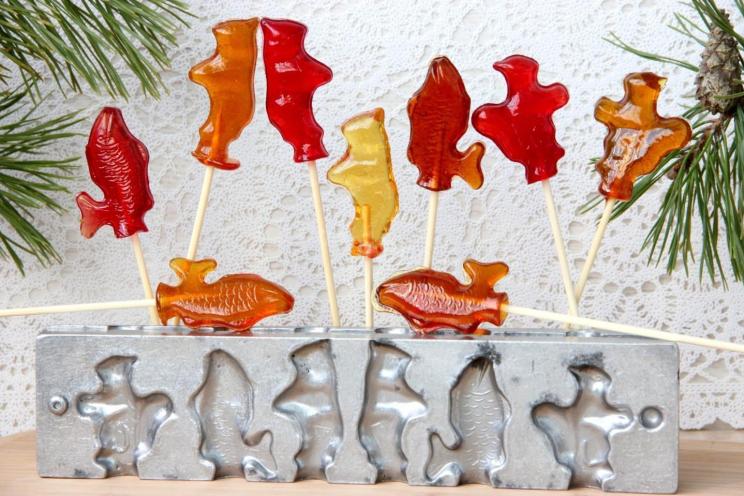
Nutrition Facts (per serving)
303
Calories
3g
Fat
69g
Carbs
Ingredients (6 portions)
Basic:
Sugar
(Since the spoons are different, and everyone scoops up differently, I weighed it = 110g. Enough for a mold of 6 lollipops as in the photo. I scooped up a regular tbsp. with a slide, as before, when there were no scales — 5 tbsp.)
110 g
Water
(= 23g)
2 tbsp
Table vinegar
(9% or lemon juice or citric acid solution.)
0.75 tsp
Vegetable oil
(for lubricating the mold)
1 tsp
Food coloring
(At your request. Boiled beet juice and coffee were used during filming.)
1 g
Recipe instructions
Step 1
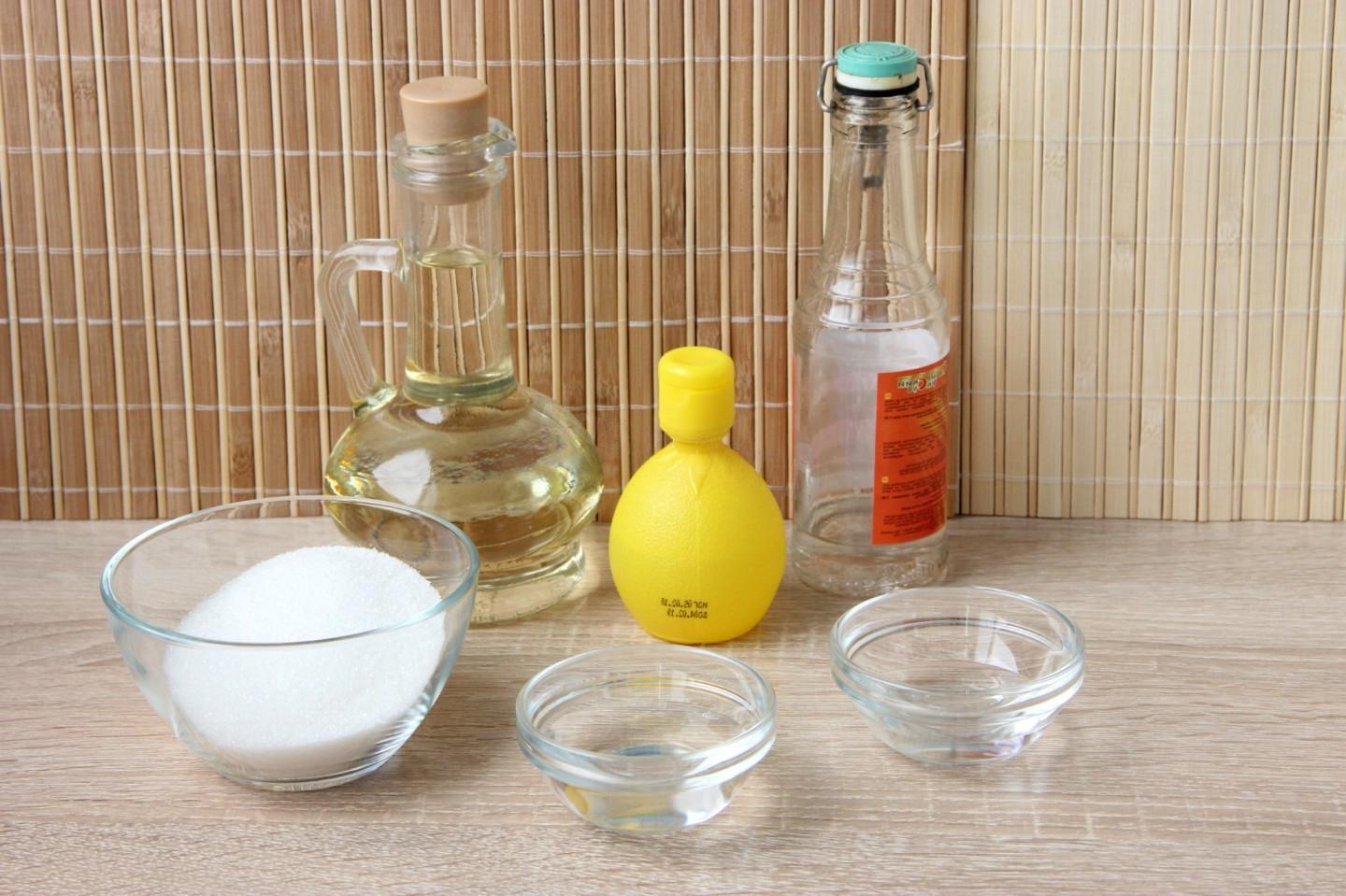
Step 2
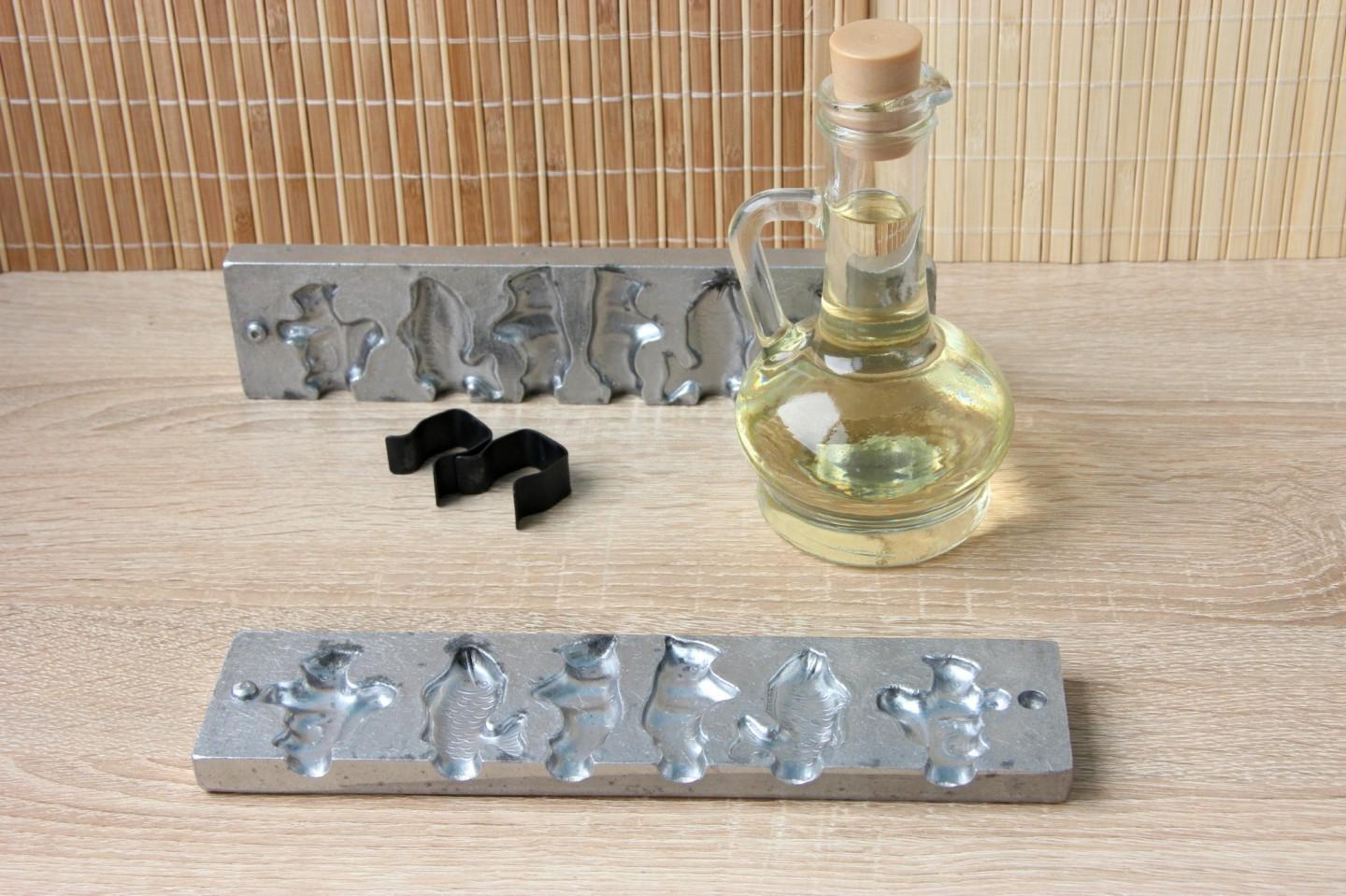
Step 3
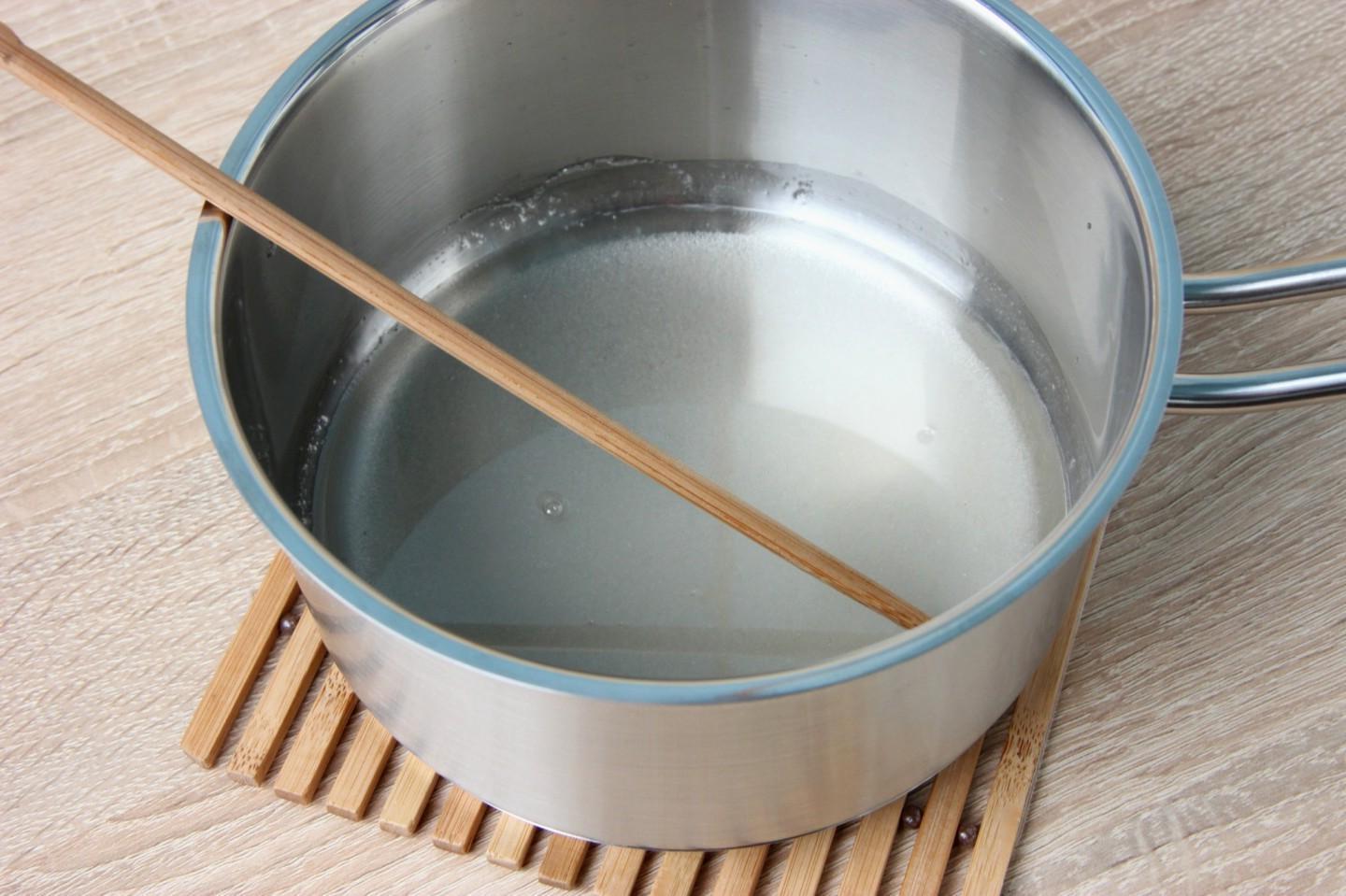
Step 4
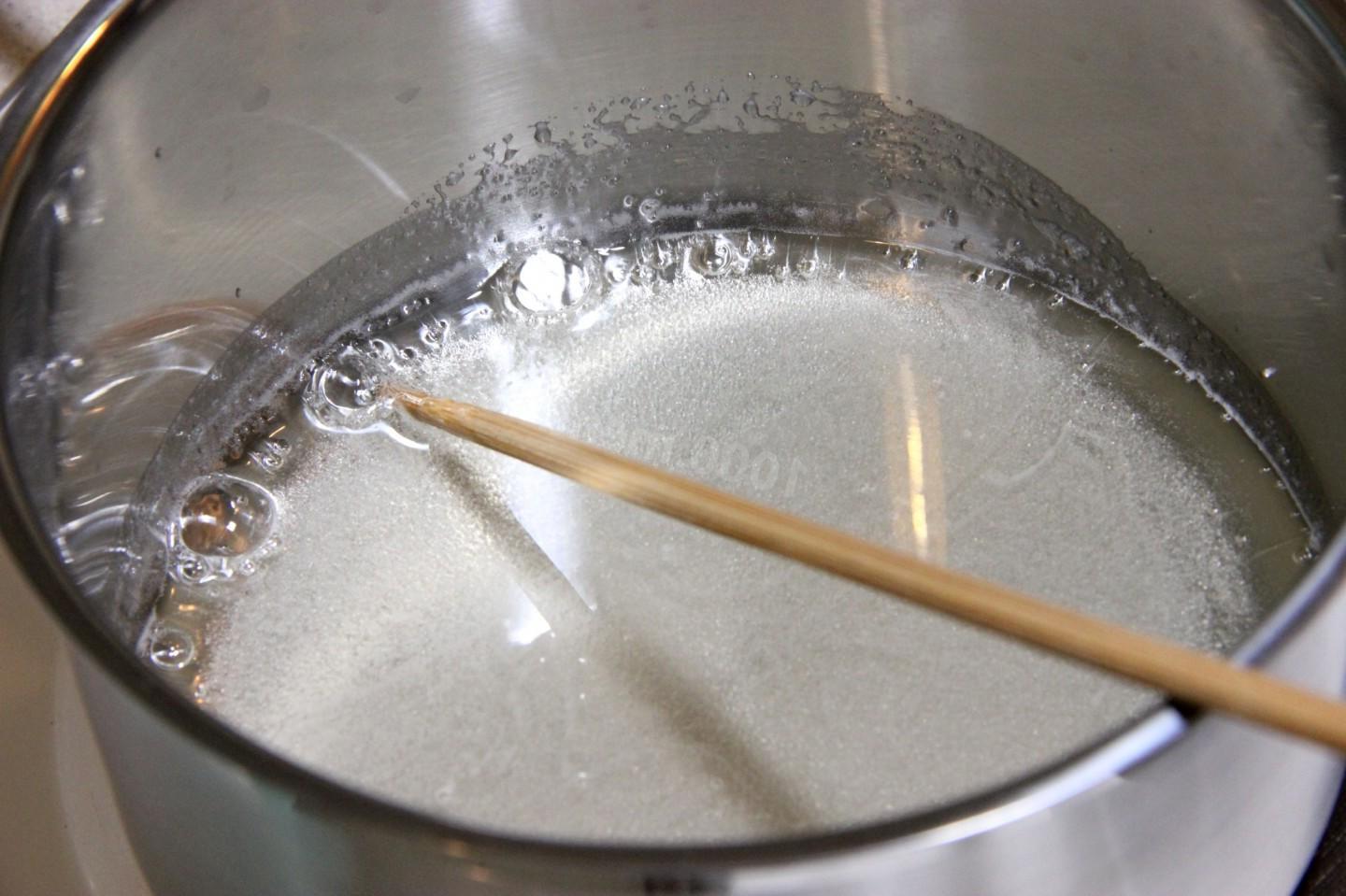
Step 5
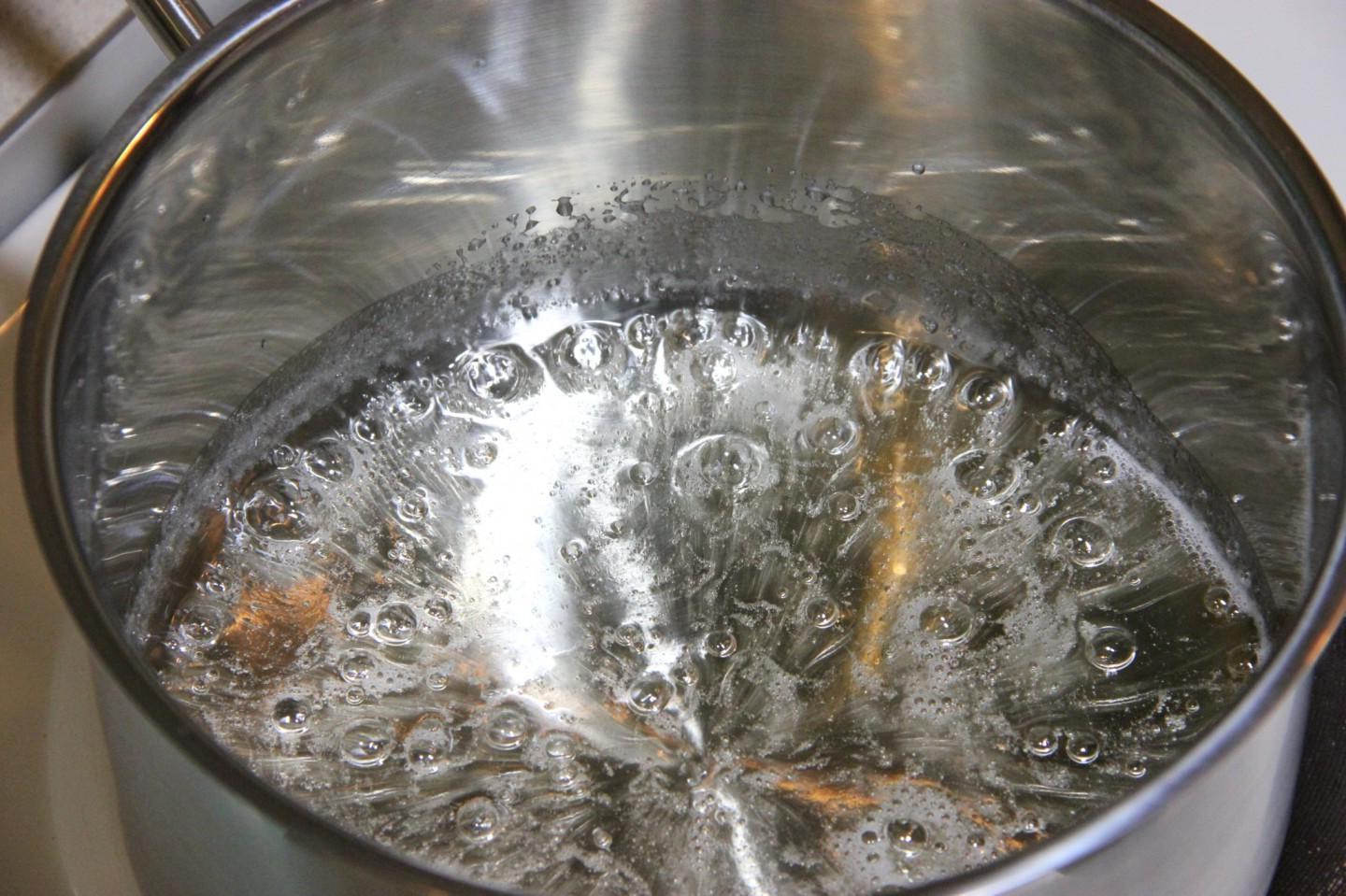
Step 7
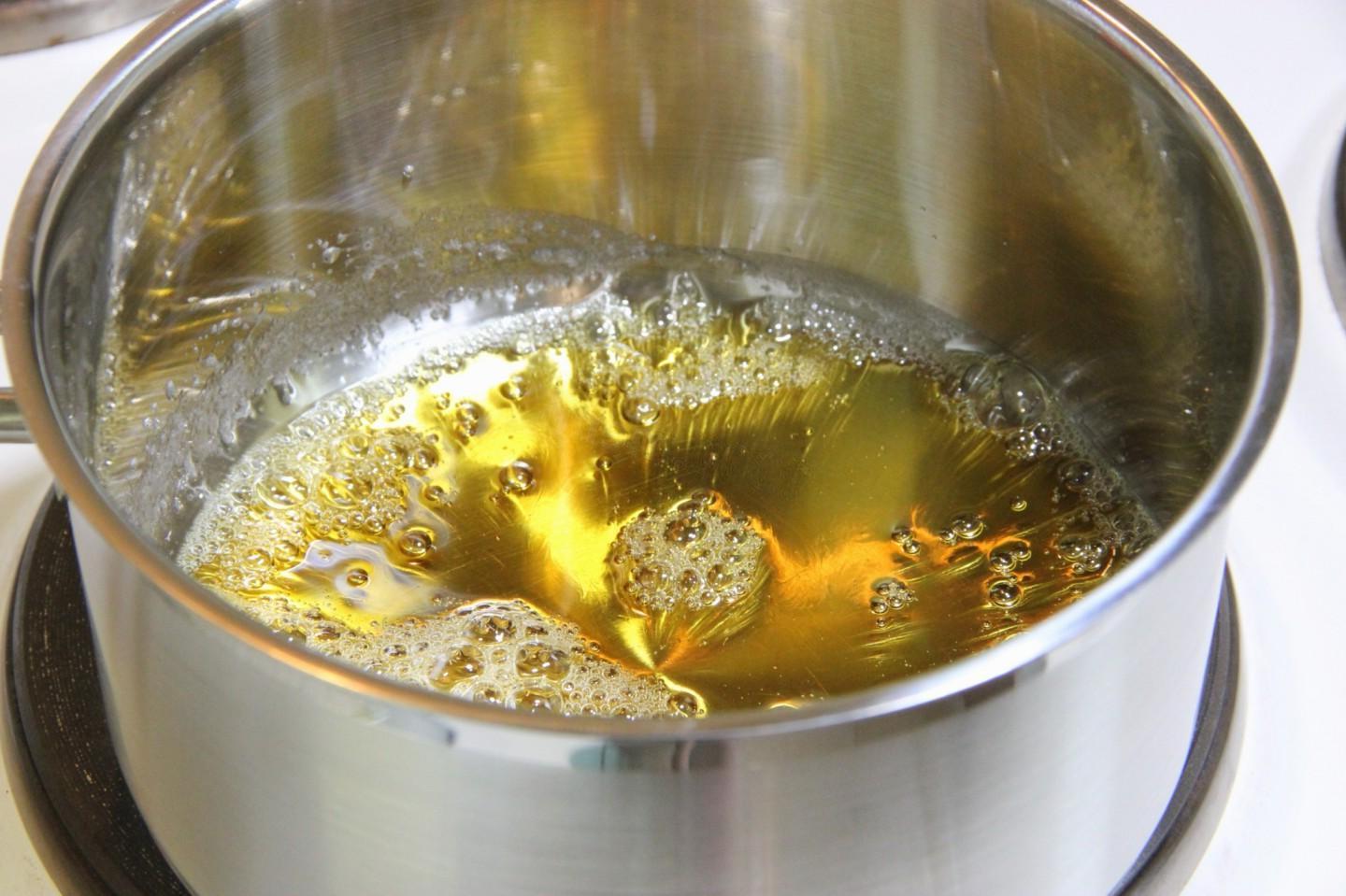
Step 8
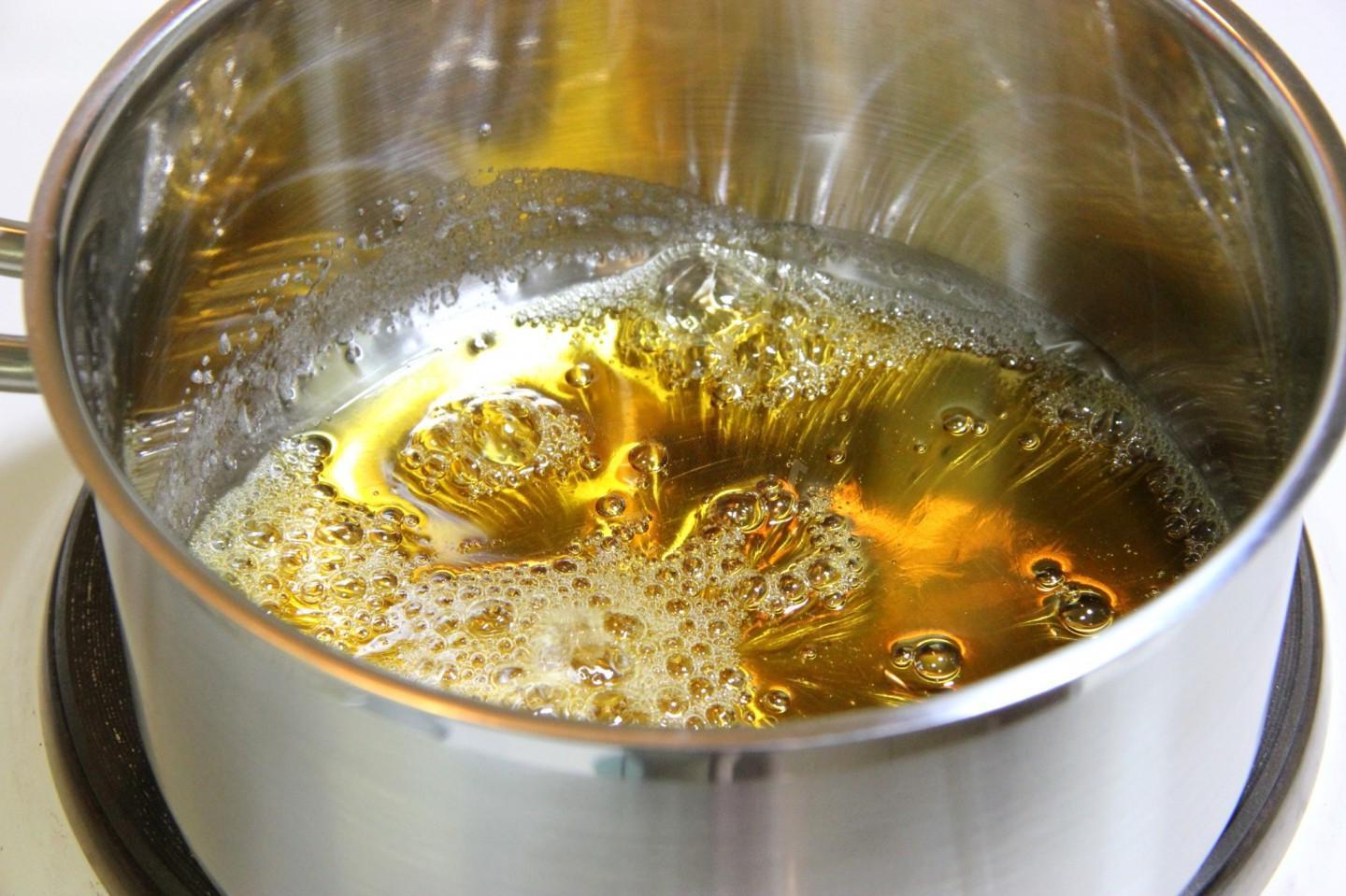
Step 9
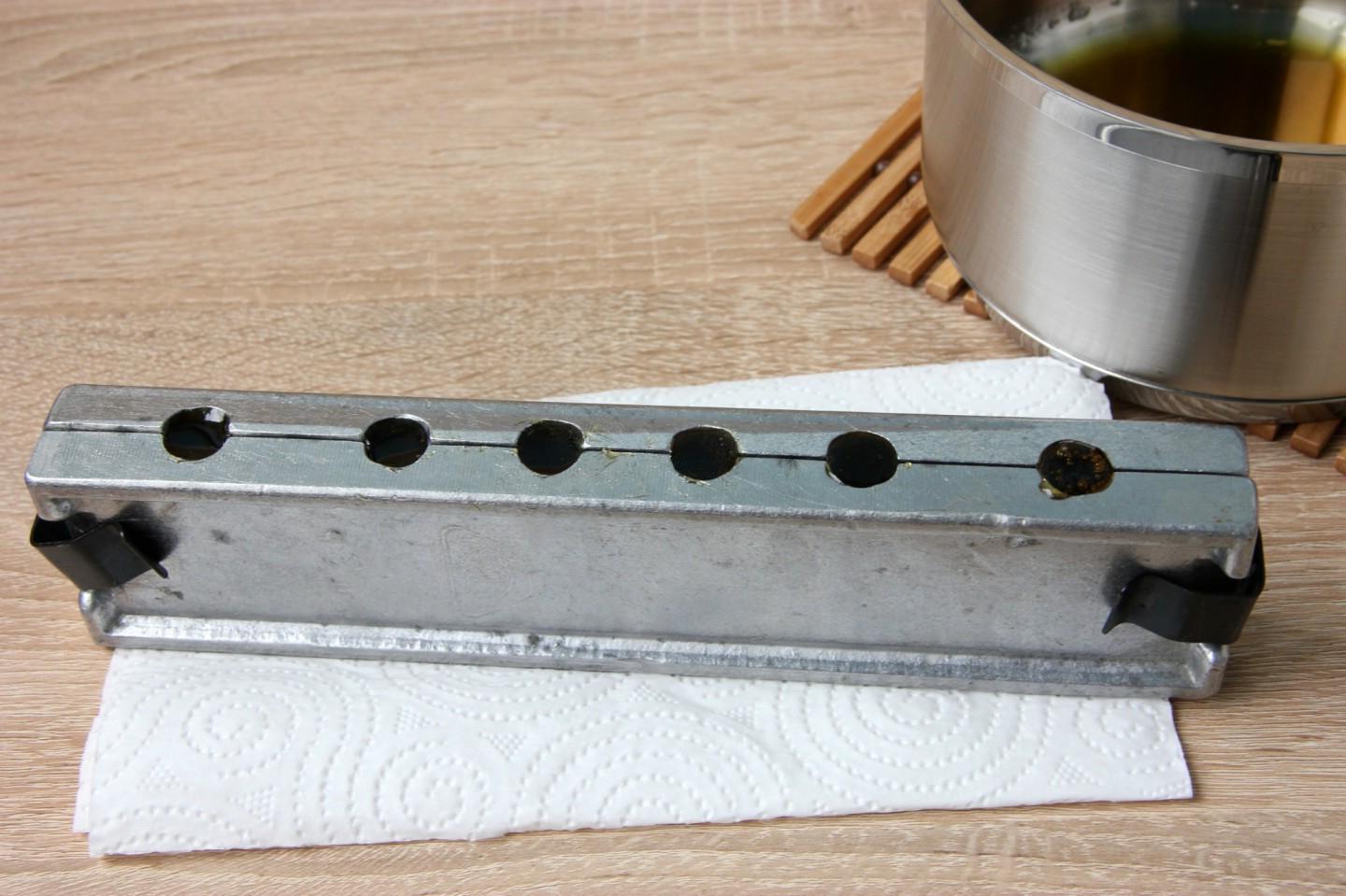
Step 10
